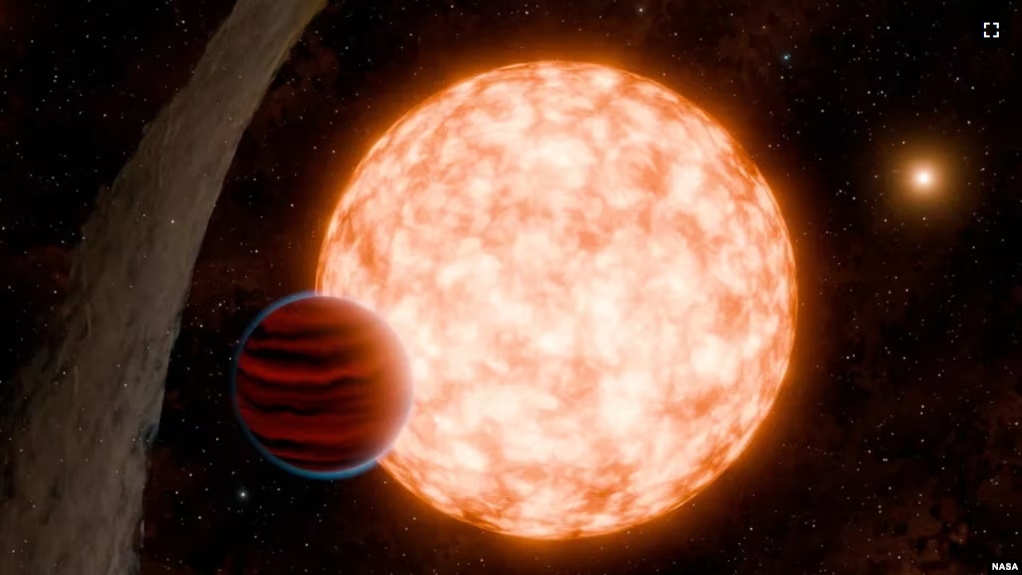Astronomers have observed a newborn planet that formed in three million years, a relatively brief time. They say the discovery leads to questions about the current understanding of the speed of planetary formation.
Space scientists estimate the planet to be around 10 to 20 times the mass of Earth. It is an exoplanet, meaning a planet outside our solar system. It is one of the youngest exoplanets ever discovered. It exists among dense gas and dust orbiting a young star. The orbiting matter is called a protoplanetary disk. It provides the materials necessary for planet formation.
The star it orbits is not as hot and is about half as bright as our sun. The star’s mass is about 70 percent that of the sun. It is in our Milky Way galaxy, about 520 light-years from Earth. A light-year is the distance light travels in a year, 9.5 trillion kilometers.
“This discovery confirms that planets can be in a cohesive form within 3 million years, which was previously unclear as Earth took 10 to 20 million years to form,” said Madyson Barber, a research student at the University of North Carolina at Chapel Hill (UNC). Barber is the lead writer of the study published recently in Nature magazine.
“We don’t really know how long it takes for planets to form,” UNC professor and study co-writer Andrew Mann added. “We know that giant planets must form faster than their disk dissipates because they need a lot of gas from the disk. But disks take 5 to 10 million years to dissipate. So do planets form in one million years? Five? Ten?”
The planet orbits its star every 8.8 days. Its mass is in between that of Earth, the largest of our solar system’s rocky planets, and Neptune, the smallest of the gas planets. It is less dense than Earth and has a diameter about 11 times greater. Its chemical makeup is not known.
The researchers suspect that the planet formed further away from its star and then moved closer.
“Forming large planets close to the star is difficult because the protoplanetary disk dissipates away from closest to the star the fastest, meaning there’s not enough material to form a large planet that close that quickly,” Barber said.
The researchers found the planet using the so-called “transit” method: observation of a drop in the star’s brightness, from the perspective of an observer on Earth, when the planet passes in front of it. NASA’s Transiting Exoplanet Survey Satellite, or TESS, space telescope discovered the exoplanet.
“This is the youngest-known transiting planet. It is on par with the youngest planets known,” Barber said.
Stars and planets form from clouds of interstellar gas and dust.
“To form a star-planet system, the cloud of gas and dust will collapse and spin into a flat environment, with the star at the center and the disk surrounding it. Planets will form in that disk. The disk will then dissipate” starting from the star side, Barber said.
“It was previously thought that we wouldn’t be able to find a transiting planet this young because the disk would be in the way. But for some reason that we aren’t sure of, the outer disk is warped, leaving a perfect window to the star,” Barber added.
I’m Caty Weaver.
Reuters news agency reported this story. Caty Weaver adapted it for VOA Learning English.
_____________________________________________
Words in This Story
cohesive – n. exhibiting or producing the act or state of sticking together tightly
previously – adv. before; in the past
giant – n. huge
dissipate – n. to break up and scatter or vanish
diameter – adj. the length of a straight line through the center of an object or space
spin – v. to turn in a circular motion
warp – to be turned or twisted out of, or as if out of, shape
